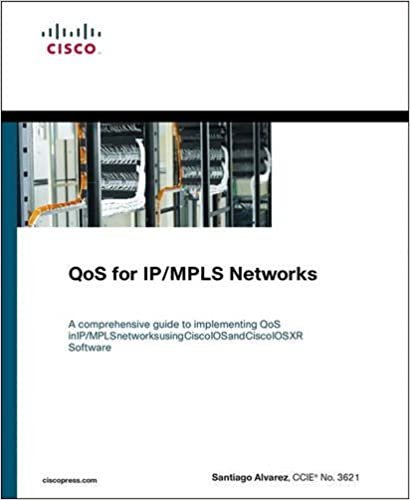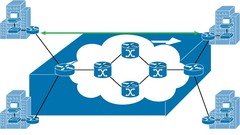Layer 2 VPN vs Layer 3 VPN: Understanding the Differences 01/04/2023 – Posted in: Network – Tags: IP address, Layer 2 VPN, Layer 3 VPN, MAC address, Quality of Service, virtual private network, VPLS, VPN
Virtual Private Networks (VPNs) are a crucial component of modern networking, providing secure and private connections between remote devices over the internet. There are two primary types of VPNs – Layer 2 VPN and Layer 3 VPN. In this blog post, we’ll dive into the world of Layer 2 VPN and Layer 3 VPN, their differences, and use cases.
Layer 2 VPN:
Layer 2 VPN, also known as a data link layer VPN, provides a virtual point-to-point connection between two remote devices over the internet. Layer 2 VPNs operate at the data link layer of the OSI model and use MAC addresses to identify the endpoints of the connection. In other words, Layer 2 VPNs extend the local area network (LAN) across the internet, providing a virtual LAN (VLAN) that allows remote devices to communicate as if they were on the same physical LAN.
Layer 2 VPNs are primarily used in scenarios where there is a need to extend the LAN across different physical locations or to connect different types of networks, such as Ethernet, Frame Relay, or ATM. Layer 2 VPNs also offer high scalability, as they can support a large number of endpoints.
Layer 3 VPN:
Layer 3 VPN, also known as a network layer VPN, provides a secure and private connection between two remote networks over the internet. Layer 3 VPNs operate at the network layer of the OSI model and use IP addresses to identify the endpoints of the connection. In other words, Layer 3 VPNs create a virtual private network (VPN) that allows remote networks to communicate as if they were on the same physical network.
Layer 3 VPNs are primarily used in scenarios where there is a need to connect geographically dispersed networks or to provide secure remote access to corporate networks for remote workers. Layer 3 VPNs offer a high level of security, as they can be configured with encryption and authentication protocols to ensure the confidentiality and integrity of data transmitted over the VPN.
Differences between Layer 2 VPN and Layer 3 VPN:
The primary differences between Layer 2 VPN and Layer 3 VPN are:
- OSI Layer: Layer 2 VPN operates at the data link layer, while Layer 3 VPN operates at the network layer.
- Addressing: Layer 2 VPN uses MAC addresses to identify endpoints, while Layer 3 VPN uses IP addresses.
- Extensibility: Layer 2 VPN extends the LAN across the internet, while Layer 3 VPN creates a virtual network.
- Security: Layer 3 VPN offers a higher level of security, as it can be configured with encryption and authentication protocols.
Conclusion:
In conclusion, both Layer 2 VPN and Layer 3 VPN play a crucial role in modern networking, providing secure and private connections between remote devices and networks over the internet. While Layer 2 VPNs are primarily used for extending LANs and supporting a large number of endpoints, Layer 3 VPNs are used for connecting geographically dispersed networks and providing secure remote access to corporate networks. Understanding the differences between the two is crucial in choosing the right type of VPN for your networking needs.
More Articles
Books
YouTube Video
Udemy Training








